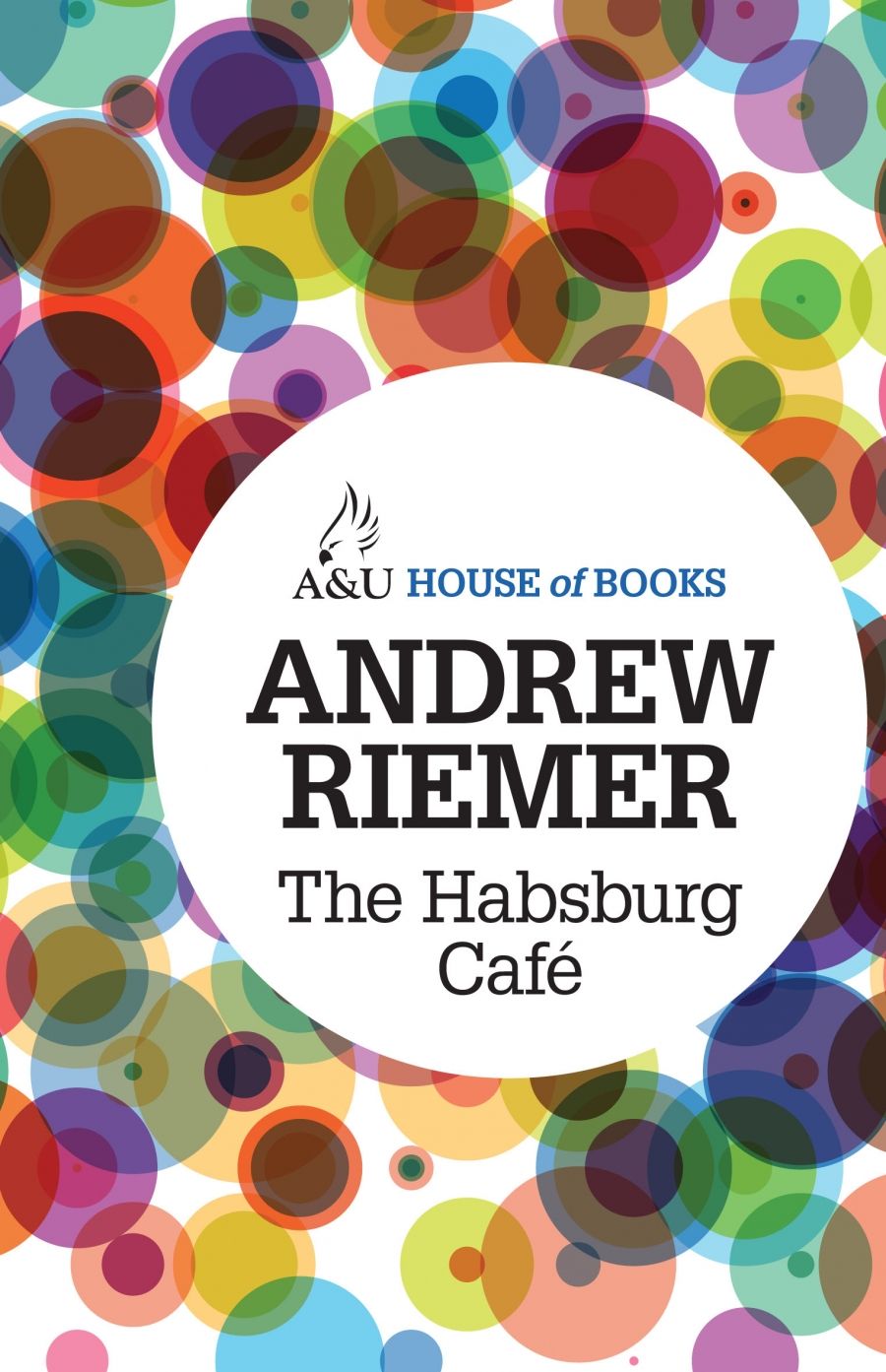
- Free Article: No
- Contents Category: Fiction
- Review Article: Yes
- Article Title: Torte memory
- Online Only: No
- Custom Highlight Text:
Who made the best Sachertorte in the world? Andrew Riemer’s mum. The recipe is lost now, but it came from the Ursuline nuns in Sopron, a small Hungarian town where Andrew Riemer’s mother grew up. This information comes early in The Hapsburg Cafe, which is an account of the author’s second visit to the places of his childhood (the first account being recorded in Inside Outside). I waited and waited for him to go to the Ursuline Convent in Sopron and get the recipe, but the duffer never did. Even though he called a part of the book ‘Remembrance of Things Past’. Men. What’s a Madeleine when you could have a Sachertorte?
- Book 1 Title: The Habsburg Café
- Book 1 Biblio: Allen & Unwin, $16.95, 286 pp, 0207174148
- Book 1 Readings Link: https://www.booktopia.com.au/the-habsburg-cafe-andrew-riemer/book/9781743312162.html
This is a book about memory and imagination. The author has an engagement in Hungary to lecture to students on Australian literature and culture. His time in Austria and Hungary is constructed by his imagination as a visit to the lost realm of the Habsburgs, called ‘Kakania’. On the one hand, this lost world is haunted by the death camps of the Second World War; on the other, it is present in caricature in the cafés of today. Time and again Riemer balances a reference to ‘the damned streaming into hell’ against images of food in the cafés. The language used to describe the food is alarming and disgusting – ‘towering cream slices, rich slabs of chocolate cake, sculptured petits fours and huge mounds of worm-like chestnut purée layered with sweetened cream.’ The link Andrew Riemer feels between the gilded gluttony of Kakania and the gas ovens is always clear.
So, this is a mighty sad book. Near the end comes a most telling moment. The author has been invited to speak as a Hungarian Australian to a group of professionals who are about to leave for three months’ study in Australia. He has never stood before a group of people and remembered ‘publicly, ceremonially, the dead, my own dead and by implication all those who were tortured, humiliated, killed’. Briefly he is unable to continue because he has tears in his eyes. Those tears have been welling up since the early pages where Riemer describes a sensation that has visited him for many years, a sensation that comes upon him without warning. It resembles a glimpse of an old street in a fairy tale and is accompanied by the smell of vanilla and coffee. It speaks to him, he says, ‘of something that demands to be recovered but is perhaps no longer recoverable: innocence, the clarity of childhood, a world that has been compromised by experience and lost in time’.
A dominant image in the book is that of the theme park. Vienna is a giant trompe l’oeil, ‘an elaborate attempt to deceive, to gloss over a reality that no one wants to remember, just as in a theme park you may find intricate reconstructions of days gone by or of worlds to come’. Budapest is not a theme park. ‘It is driven by the terrible realities of a world that has been at the centre of the great upheavals of a brutal epoch’. There is little room for fantasy in Budapest.
This book is personal. It takes you to the Austria and Hungary of today and into the Kakania of the past, but you go to these places with Andrew Riemer whose job is academic and diplomatic, but whose purpose is to search out the image of the fairy tale street with its perfume of vanilla and coffee. To hunt the image and sensation that are the ‘focus for the almost infinite, confusing and contradictory pressures and experiences of life’. He is looking for the ‘still point’ to which his emotions and sensibility return. On his first visit to Hungary, retold in Inside Outside, he avoided the little town of Sopron. This time fate seems to intervene and make sure he goes there. Here is ‘the moment of integration, the re-entry into mythology’. And he feels in Sopron a tenuous connection with his past.
The reader feels privileged to have been on this journey with this writer. It is a journey into the culture of Middle Europe today, and at the same time a vision of Andrew Riemer’s personal myth. This myth, he suggests, is of a paradise lost even before he was born; it is a myth transmitted to him from his mother, and this mother is at the heart of the book. There she is, a young woman in Budapest, making pilgrimages from one to another shrine dedicated to beauty and elegance – the dressmaker, the milliner, the shoemaker, the furrier, the cosmetician, the coiffeur. And her final goal is the café, with its cakes in the glass case, its marble, its mirrors and gilded chairs.
If you thought I was joking about the Sachertorte, I wasn’t. I think he should have asked the nuns for the recipe.


Comments powered by CComment